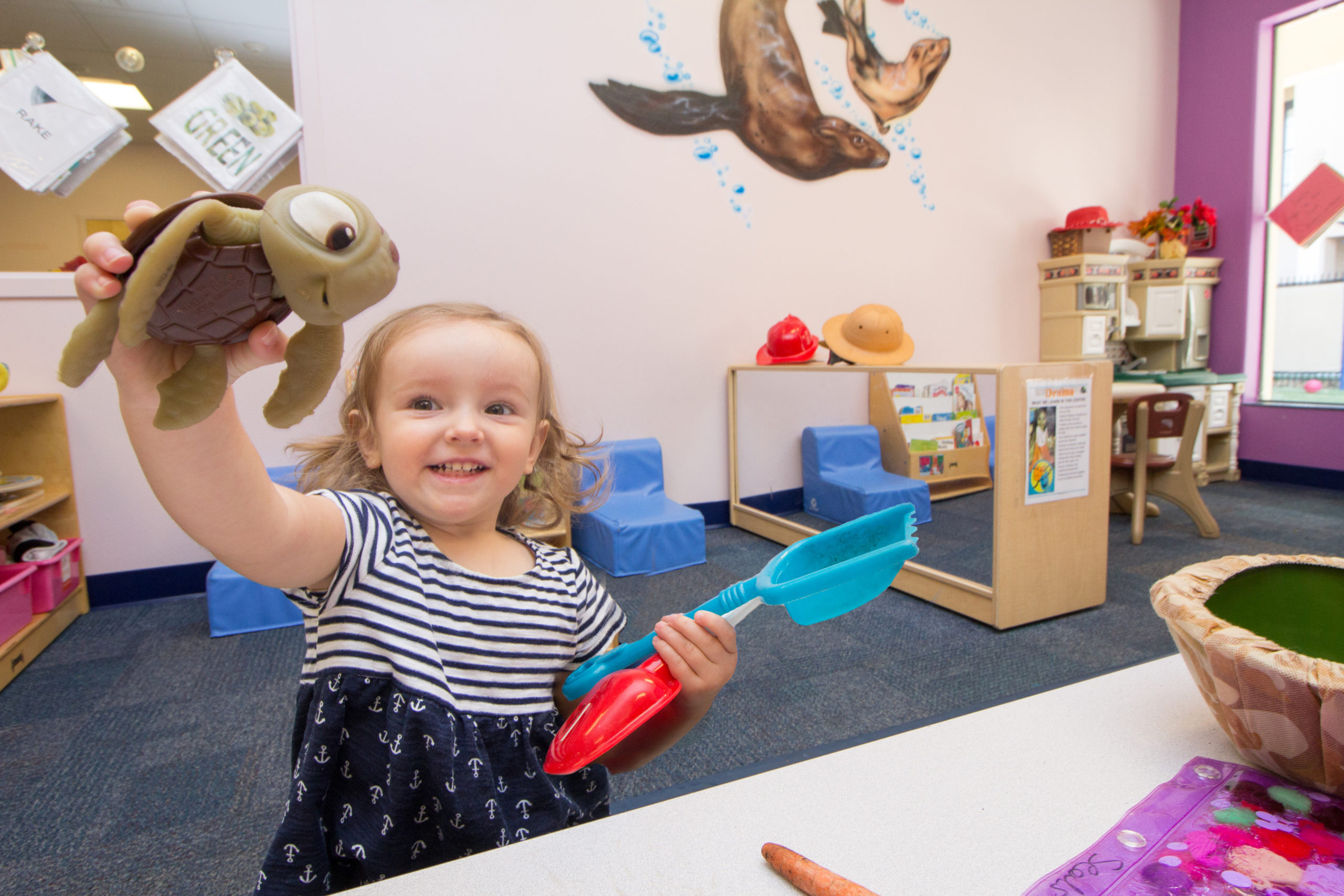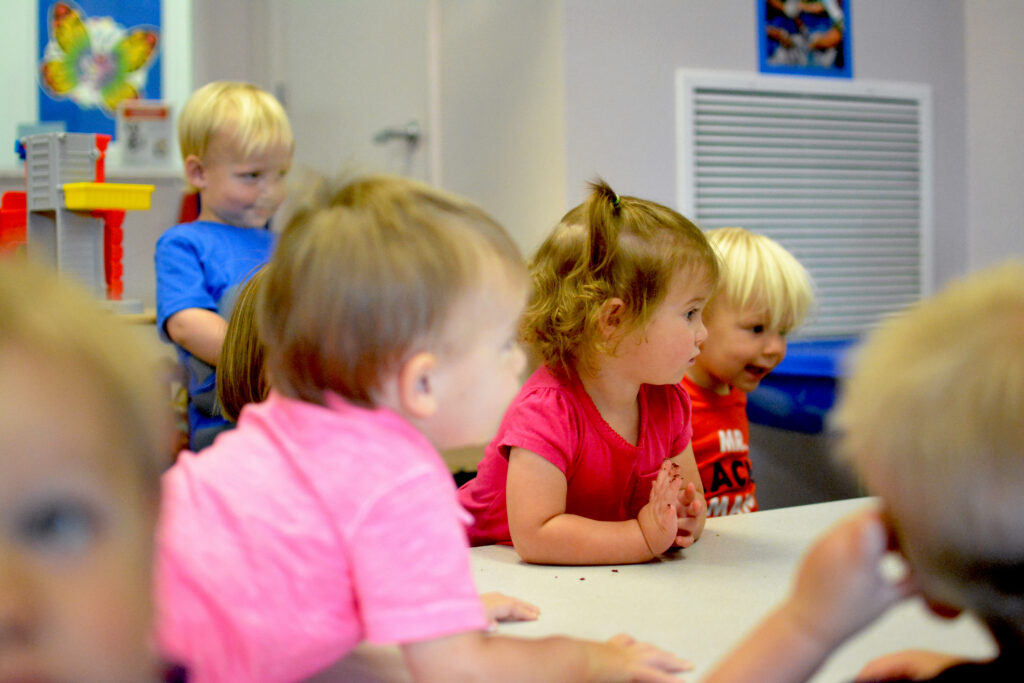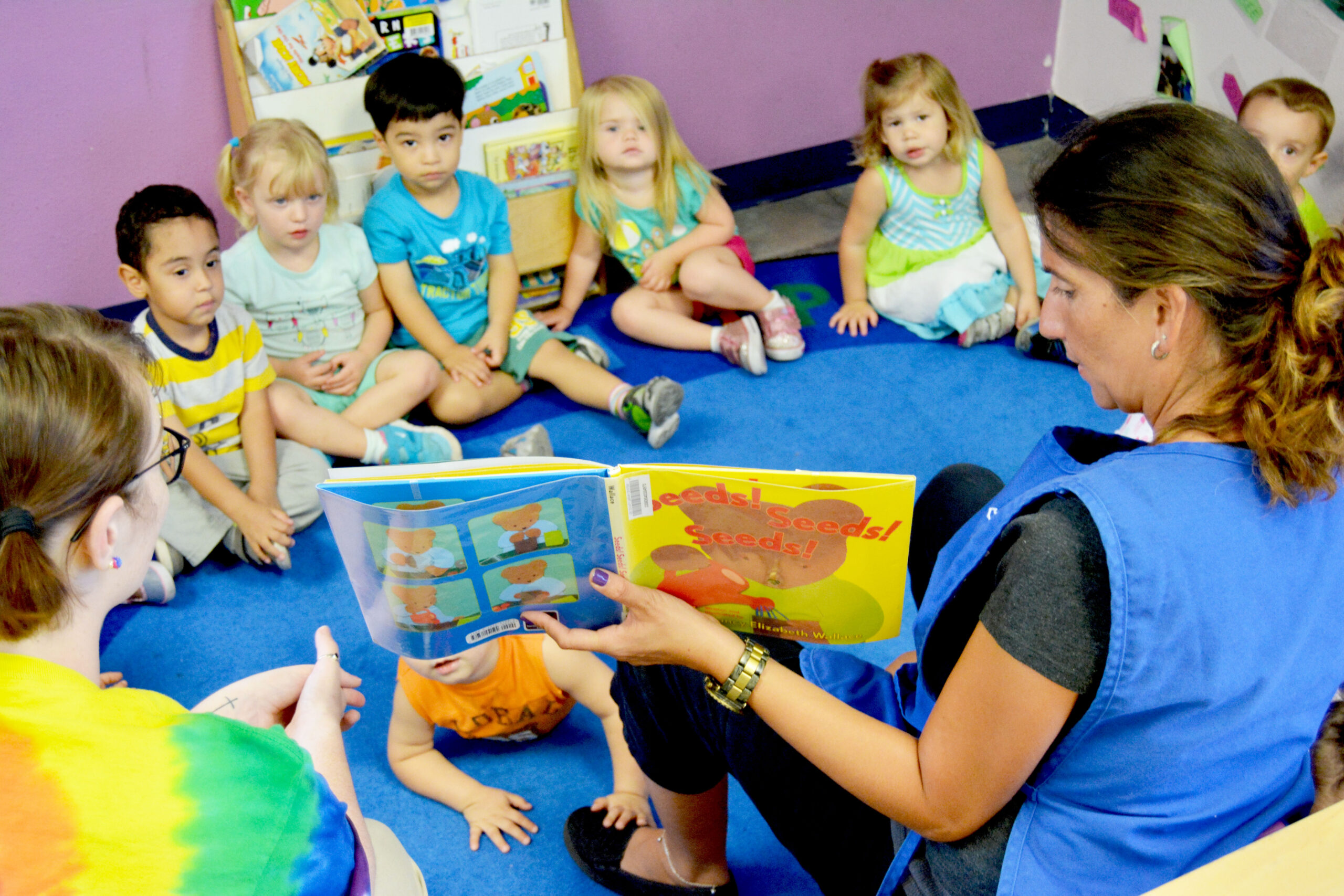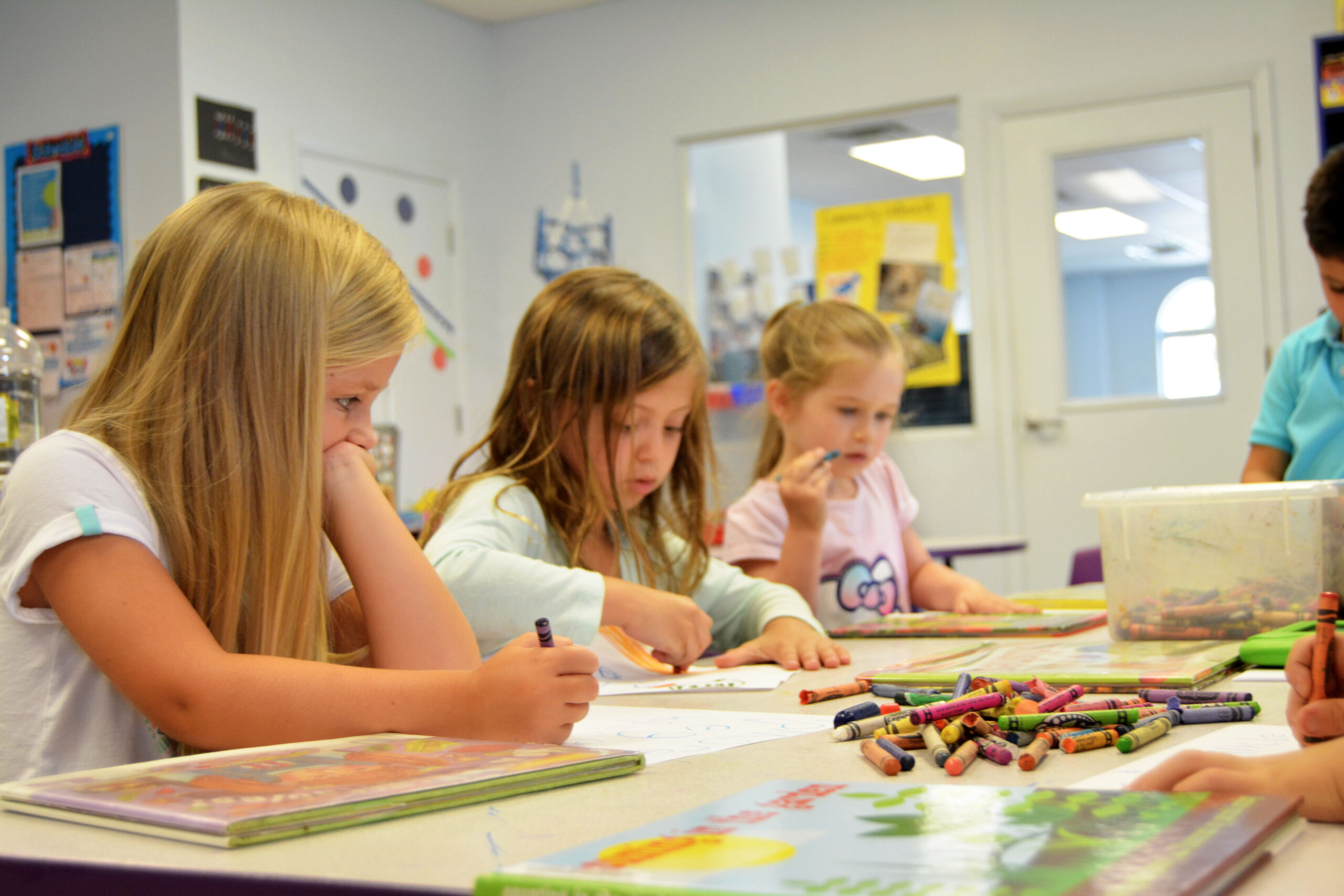
Comparing Daycare, Pre-K, and Montessori Schools
Creative world school May 7, 2025As parents, few decisions feel as important—or as overwhelming—as selecting the right early learning environment for your child. With so many options out there—daycare centers, preschools, Montessori schools—it can be hard to tell what makes each one special. Curious to know the real difference between them and which one might be the perfect fit for your little one? Let’s walk through these choices together so you can feel confident about this important decision together.
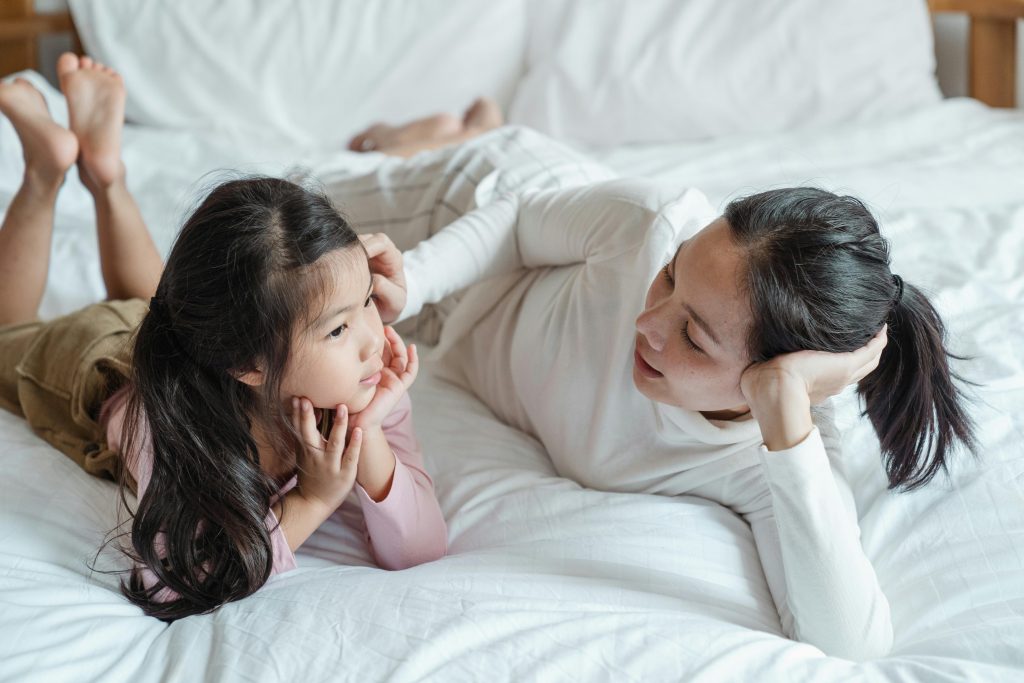
Daycare: More Than Babysitting
When most people hear “daycare,” they think it’s just a place where kids play while parents work. But today’s daycares offer so much more!
Daycares typically welcome babies as young as six weeks old and provide flexible hours that work around your schedule (hello, sanity saver!). While keeping your child safe and happy is priority #1, many modern daycares also incorporate learning through hands-on play. At Creative World School, for example, we pride ourselves on explorative, inquiry-based learning that blends imaginative creativity with educational lessons they’ll need to know. Click here to see our one-of-a-kind Exploratorium™ in action!
Many daycare environments actually provide more diverse social interactions than other options. Your child might make friends across different age groups, teaching them valuable skills in adapting their play and communication styles. Plus, the consistent daily rhythm can be incredibly comforting for little ones who thrive on predictability.
Pre-K: Kindergarten’s Fun Cousin
Pre-K is like a sneak peek at kindergarten without the pressure. Kids practice raising hands, sharing crayons, and sounding out letters—but with way more sing-alongs, sticker charts, and big questions. At Creative World, curiosity isn’t just encouraged—it’s the fuel for everything we do! Our Pre-K program runs on the 3 E’s Foundations for Excellence™ curriculum, designed to turn “Why?” and “How?” into exciting adventures. Picture this: A group of mini researchers dissecting pumpkins to learn about seeds, or building block towers taller than they are to explore gravity (spoiler: crashes = giggles + physics). We follow their lead, diving deep into topics that fascinate them—whether it’s dinosaurs, rainbows, or why cheese melts. Every day is a chance to ask wild questions, test theories, and discover that learning feels way more like play than work.
Montessori: Where Kids Take the Lead
If you’ve ever watched a child become completely absorbed in something they’ve chosen themselves, you’ve witnessed the magic that Montessori education tries to capture every single day.
In Montessori classrooms, kids aren’t sitting through lessons – they’re choosing hands-on materials that secretly teach concepts like counting, letter sounds, or practical skills. Teachers guide rather than direct, and mixed-age classrooms (typically ages 3-6) create this cool mini-community where younger kids learn from older buddies.
Montessori might be perfect for the child who seems to resist traditional teaching approaches. That kid who always asks “why?” or who needs to touch everything? They might absolutely bloom in an environment where their natural curiosity drives learning. Also, while Montessori materials look simple, they’re ingeniously designed to isolate specific concepts, helping children master skills with minimal frustration.
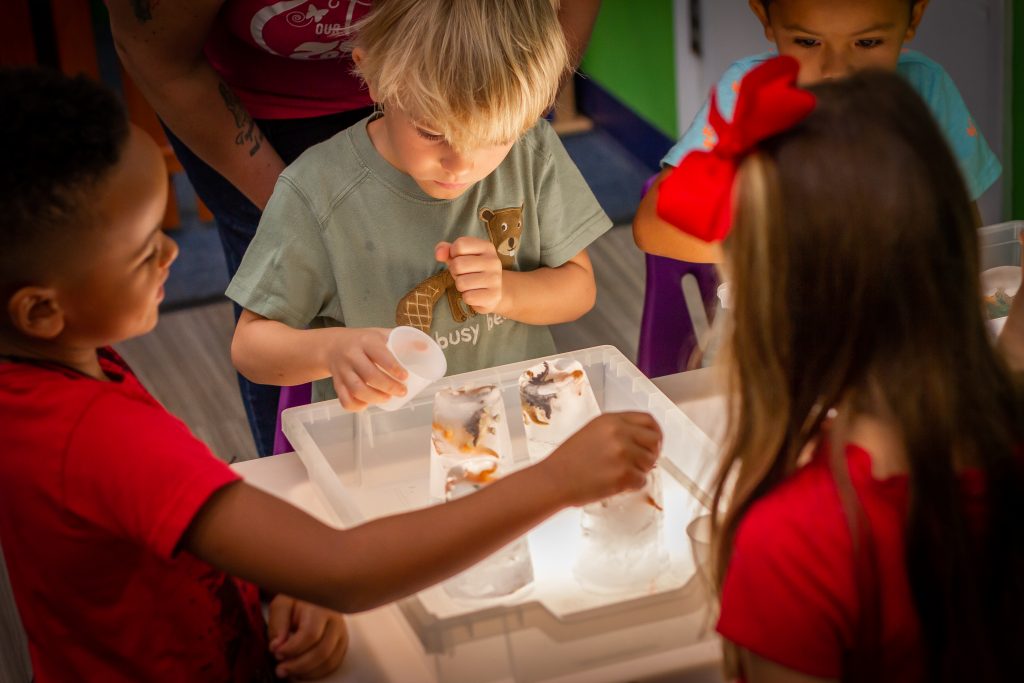
Mix and Match: Finding Your Perfect Blend
Here’s the thing a lot of parents don’t realize – these approaches aren’t mutually exclusive! Some of the best programs cherry-pick elements from different philosophies. You might find places offering daycare-style flexible hours with Pre-K learning activities. Or a program with Montessori-inspired independent exploration within a more structured day like Creative World School. There are even traditional preschool curriculums that incorporate mixed-age interaction opportunities.
Despite what you might’ve read online, your child’s personality should guide your choice more than what’s trendy or what works for your neighbor’s kids. Does your little one need time to warm up to new situations? Look for places with gentle transition periods. Got an energetic mover who learns by doing? Prioritize programs with plenty of physical activity and hands-on exploration.
Beyond the Brochure: What to Really Look For
When you’re touring potential places, look beyond the colorful walls and cute craft displays. The magic happens in the interactions. Do teachers get down at eye level when talking to children? How do they handle disagreements between kids? Do children seem engaged and comfortable approaching adults? Is there a balance between structured activities and free play? Check out our blog 10 Essential Questions to Ask During a Preschool Tour for more tips!
Your child is one-of-a-kind, and their learning environment should be too. Whether they’re a future astronaut who needs space to explore or a snugglebug who thrives on routine, trust your gut. You’ve got this.
Not sure which option is right for your family? Schedule a tour and let us guide you! We’ll toss confetti (metaphorically, unless it’s craft day), answer your ~very important~ questions, and help you find a spot where your kiddo can shine.



